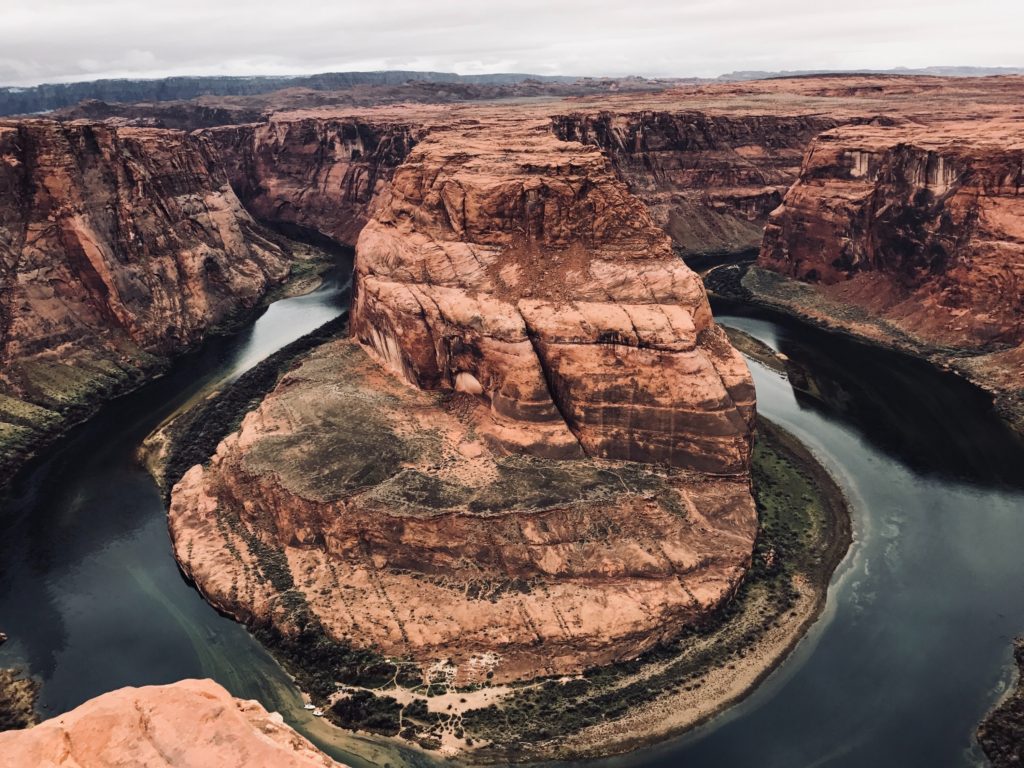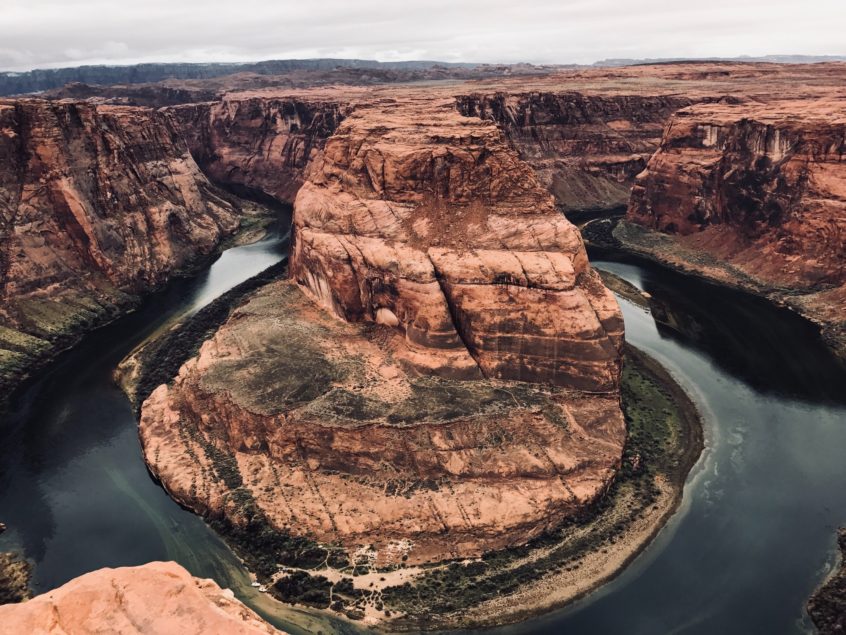By Esprit Farmer
While the Colorado River may seem distant and insignificant to us here in Saskatchewan, our world would not be the same without it. This river defines the Grand Canyon, accentuates the natural beauty of the midwest, and flows through seven states. It feeds Los Angeles, Phoenix, and many other major cities, both through direct water supply and through the food it irrigates.



Unfortunately, these uses have taken precedence over the many other necessities of the Colorado River: it provides for natural grasslands, forests, and is home to many plants and animals on its banks and in its waves. As the Colorado River and all that it supports comes under threat, it is important to consider what we can learn from it and to see this travesty as a warning.
The green revolution fundamentally changed agriculture, and although it increased yield, it also led to long-term ecological damage. This is mainly due to the increase of irrigation and chemical use.
In the example of the Colorado River, 70% of its flowing water is being diverted to grow crops in the desert. On top of this, pesticide and mineral use severely damage water ecosystems and harm wildlife. Beyond agriculture, the Colorado River is also shaped by the people around it; 15% of the river’s water goes to residential uses, as well as golf courses and pools.



The impact of this is massive: the Colorado River has not reached the ocean, its end destination, in 22 years. The effects of this can be seen everywhere, as recounted by Jon Waterman, the first man to travel the length of the Colorado River.
The river is much narrower, down to the size of a creek in some areas. Waterman lists the Colorado River’s endangered fish species, which are disfigured by chemical exposure and choked out by invasive species. He describes the dams, which severely alter water levels and block necessary sediment flow. Learn more about Jon Waterman here.
The Colorado River also holds significance to many Native American groups living near it, including the Chemehuevi, the Mohave, Hopi, and Navajo tribes. For these groups, the Colorado River is not only necessary for food and water: its destruction would also mean the death of their spiritual connection to the land.
The impact of ecological damage always goes beyond what is visible: animals, plants, people, the economy, society, and culture are all affected by the death of this major river.
The Colorado River is not alone: the Nile, the river Thames, and thousands of others are experiencing similar strain, including rivers here in Saskatchewan.
An example of this is the volatility experienced in the Saskatchewan River Delta, one of the world’s largest wetlands. Over the years, water levels have greatly decreased, causing drought and destroying habitat. This is due in part to the upstream E.B Campbell dam, as well as increased agriculture along both the North and South Saskatchewan. As well, water is used in Saskatoon, Edmonton, and many cities beyond. Learn more here.



Not all hope is lost yet. Along the Colorado River, efforts are being taken on the individual level and in agriculture. Cities can reduce their water intake through xerophytic landscaping (using plants that require minimal water) and reducing golf courses, swimming pools, and other non-essential water uses.
In agriculture, planting native crops and drought-resistant species reduces water intake. As well, many farmers are adopting sustainable intensification, which plants soil-remediating crops and uses natural pest deterrents. This reduces water needs and improves water quality.
Above all this, the greatest water remediation method is to give nature space to recover. This involves leaving stretches along the river where natural plants are undisturbed so that the water can be purified. By respecting the river, and allowing it to regain its natural strength, humans can then continue to benefit from it in perpetuity.
The tragic story of the Colorado River acts as a warning to us in Saskatchewan: excessive irrigation, agriculture, and residential use of our rivers can and will lead to environmental damage in some of the most important ecosystems in the world. However, we can learn from the solutions being used on the Colorado river: we have the capacity to transform our food systems to responsibly use water. Our river is sacred and life-giving, and in return, we must care for it and give it space.
For further reading on the Colorado river, click here:

